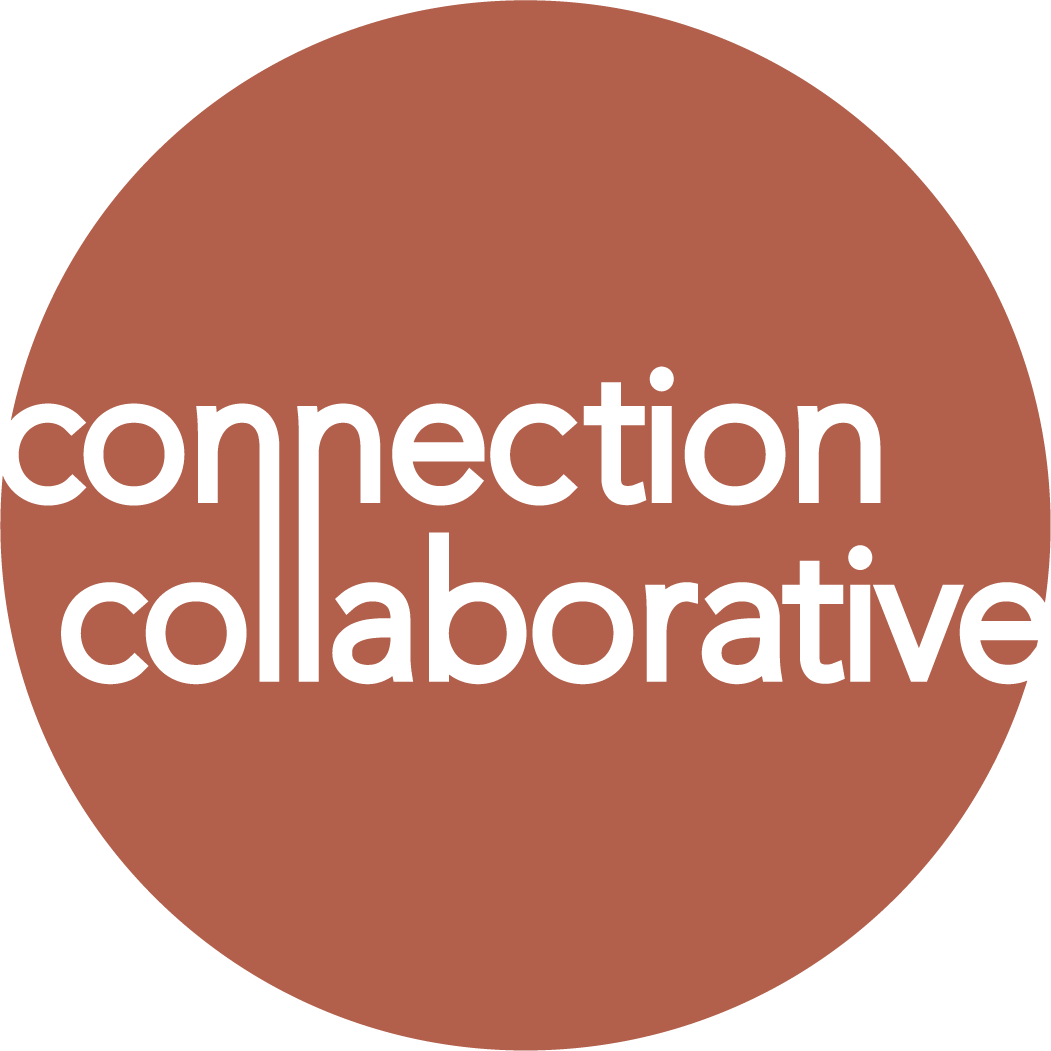The Power of Gratitude in the Workplace
By Hannah Williams & James Steur
As we reflect on a challenging and fearful year with COVID-19, we’re reminded that children’s stories offer important lessons about fulfillment. A favorite book from our childhood, The Rainbow Fish by Marcus Pfister, demonstrates the power of gratitude.
In the book, a rainbow fish with shimmering scales refuses to help other fish due to their normal appearance. Scorned, the fish leave him alone. After a journey searching for wisdom, the rainbow fish decides to practice gratitude and share his shimmering scales. In the end, all the fish have one shimmering scale, and the rainbow fish feels fulfilled.
The lesson for children is simple: practice gratitude, and you will feel more fulfillment in your life. We define gratitude as an intentional act or shift of perspective that, when done repeatedly, leads to joy.
The case for gratitude in the workplace
We’ve seen this lesson hold true in both our personal lives and the workplace. In our personal lives, our loved ones who practice gratitude are happier and more compassionate than those who adopt a scarcity mindset. In the workplace, we can tell when coworkers and bosses are operating with gratitude. These folks are generally more forgiving of mistakes, more likely to share credit, and more enjoyable to talk to in the office. Although gratitude in the workplace is not a common topic, the data shows that, if in place, it pays dividends.
First, gratitude has benefits for the employee practicing it. Research suggests people who practice gratitude feel more positive emotions, psychological well-being, and optimism. Those who don’t practice gratitude tend to feel more anxious, depressed, and experience higher levels of stress. Recent work at Microsoft examined the impact of gratitude for software engineers during COVID-19. Employees who practiced gratitude with a nightly journal exercise experienced nearly a 50% increase in their job satisfaction and overall well-being.
Second, gratitude has benefits for teams. An essential component of gratitude is giving credit where credit is due and acknowledging everybody’s contributions on a team. Teams that engage in gratitude practices collaborate better and listen to one another more carefully. This ethos of collaboration and listening fosters spaces that produce more creative ideas and solutions. Teams that don’t practice gratitude listen to each other more superficially and have a harder time generating creative ideas and solutions.
Finally, gratitude in the workplace has benefits for the organization. In one study, the director of annual giving at a university expressed gratitude toward their employees fundraising work. This set of workers made 50% more calls in one week than those who did not receive the gratitude message. Importantly, feeling socially valued—not increased self-efficacy (the feeling of being able to effectively achieve an outcome)—operated as the main reason for this large increase in work output. While increasing self-efficacy in organizations is important, practicing gratitude can serve as a time effective and low cost strategy to increase fulfillment and productivity at work.
Cultivating a culture of gratitude on your team
With so many benefits, it’s clear that developing a culture of gratitude in the workplace is worth the effort. Below, we offer three recommendations for managers and employees on how to cultivate a grateful culture:
For managers and leaders, be aware of power dynamics. Gratitude does not operate in a vacuum, and as an executive with power and influence over your employees, your choices and motives may be interpreted suspiciously. However you show gratitude toward your employees, authenticity is key. Employees can tell the difference between inauthentic and authentic acts of gratitude.
Be aware of and challenge your egocentric bias, or the tendency to rely too much on your own perspective. Don’t underestimate how much your act of gratitude can have on another individual, especially during these challenging times. Sometimes, something as simple as a thoughtful email or a small gift can help someone feel greatly appreciated as we enter month ten of the pandemic.
Actively practice gratitude: make an effort to do one grateful act or keep a gratitude journal. When we keep gratitude journals, our perspective changes from a scarcity mindset to an abundance mindset. As a result, we feel more fulfilled, have a more positive demeanor at work, and have an easier time acknowledging the work of those around us. While everybody’s grateful act or gratitude journal may vary, we suggest doing something at least once a week. Practicing gratitude every day for the rest of our lives may not be sustainable, but it is an active practice that requires upkeep.
Ultimately, we recognize that practicing gratitude in the workplace is a lot of work—especially during COVID-19. But as rainbow fish, children, and the data would tell you, it’s worth the effort to feel more fulfillment.
—
James Steur is a PhD student in political science at the University of Illinois at Urbana-Champaign. His research interests include quantitative methods and political psychology. James serves as a Connector for Connection Collaborative. You can connect with James on LinkedIn and on Twitter at @JamesSteur.
Hannah Williams is the Director of Strategy and Evaluation at Almora Advisors, a nonprofit and philanthropy consulting firm. She earned her master’s in nonprofit management from Columbia University and serves as a Connector for Connection Collaborative. You can connect with Hannah on LinkedIn.
This piece is the authors’ work, and neither it nor its components should be attributed to their workplace.

